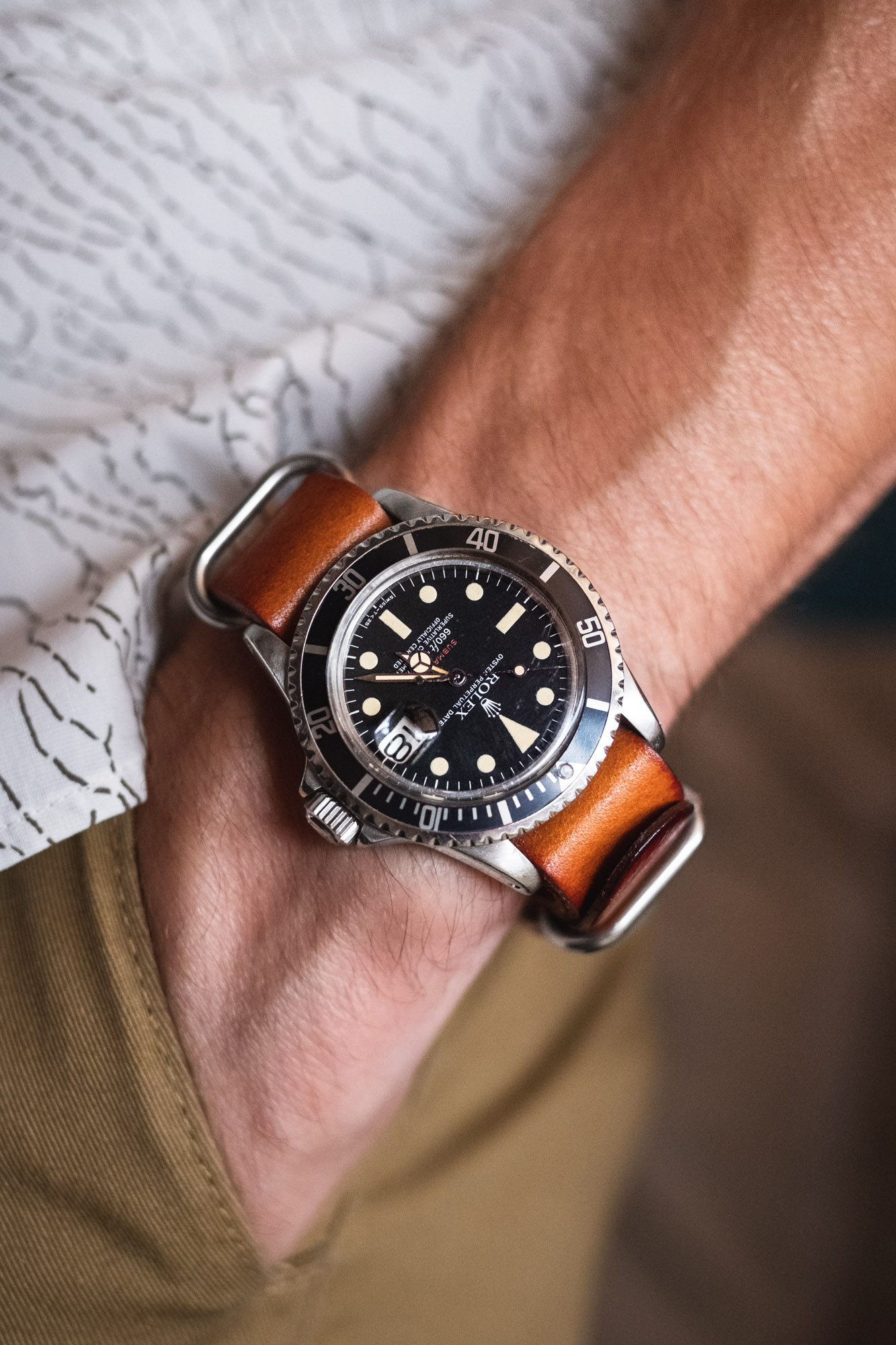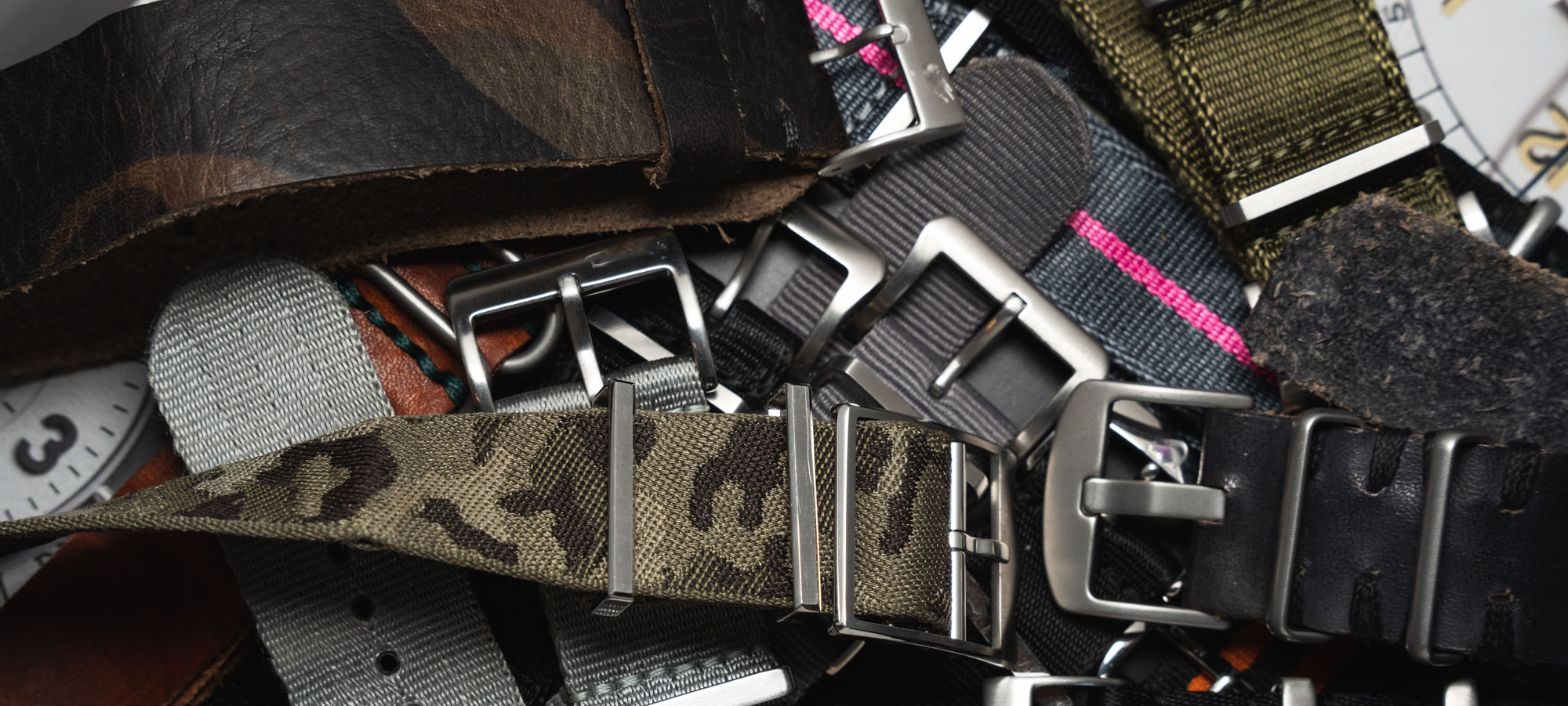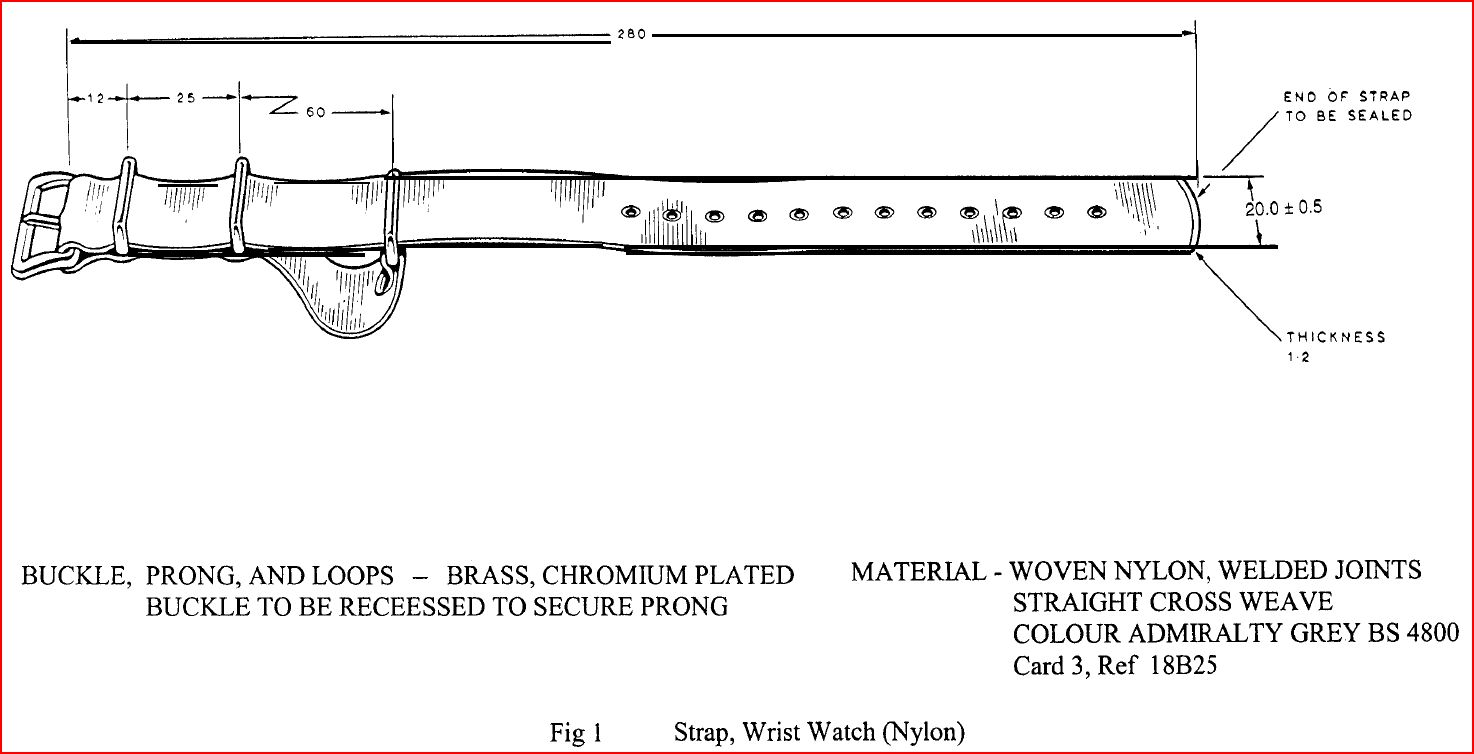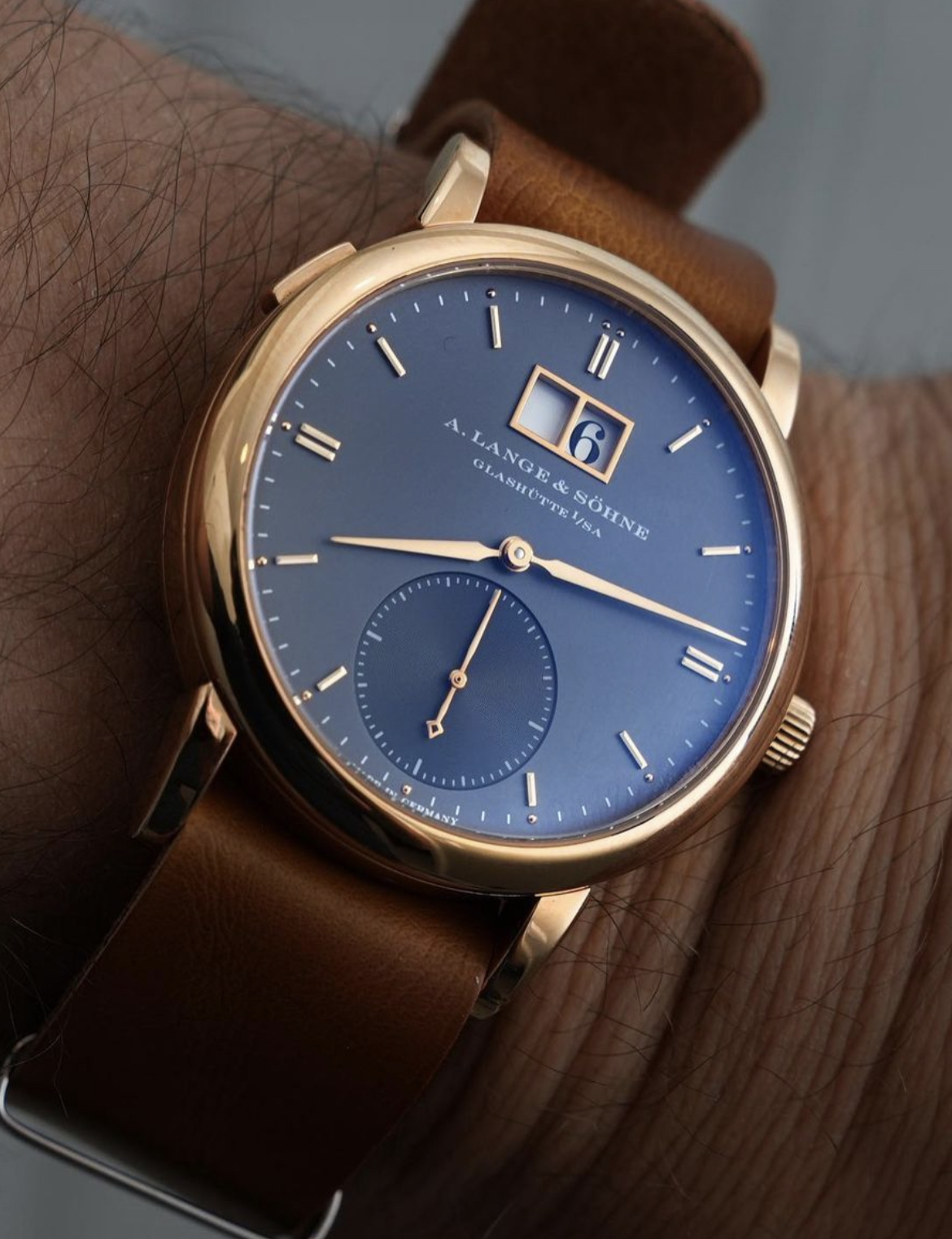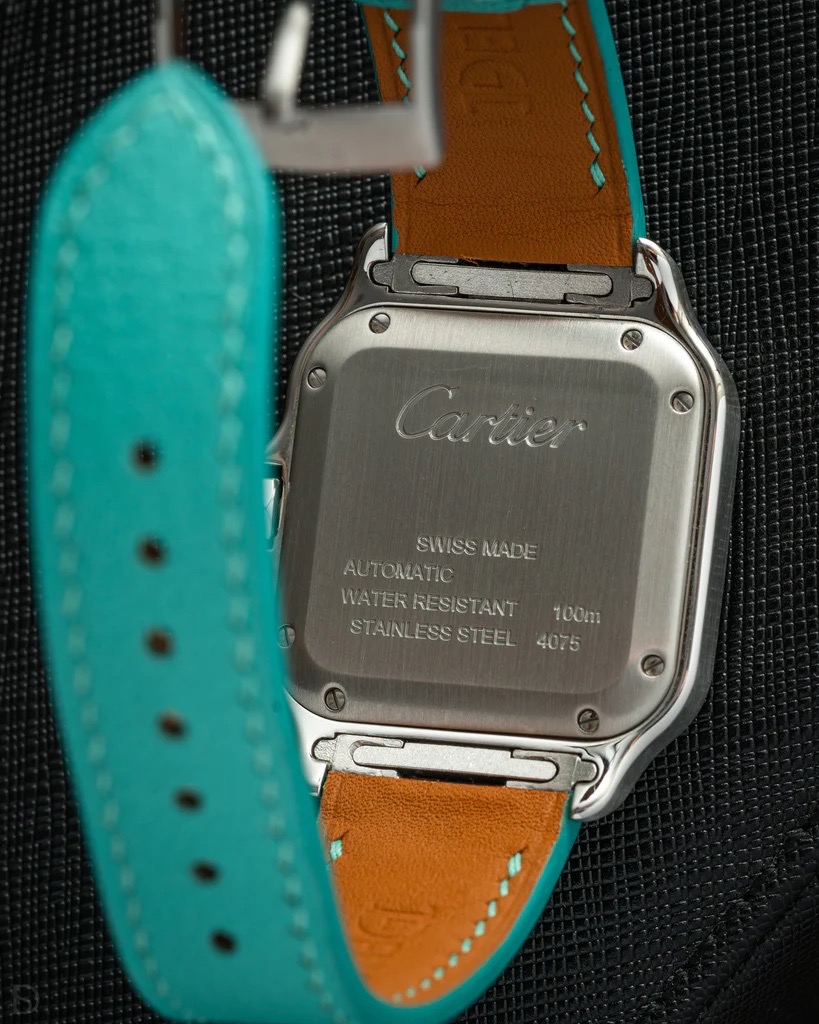The North Atlantic Treaty Organization, or NATO, was founded in 1949 to unite a select group of countries to form a unified front against military enemies after World War II. It is something most are familiar with thanks to grammar school education around the world. The organization is still active and serves a variety of international political and military purposes, one of which includes the standardization of military equipment specifications. This equipment ranges from weaponry, vehicles of all sizes, helmets, vests, clothing, and at one point even watch straps. The NATO watch strap gets its name from this original specification, and despite its government-related history, the term is owned by an individual person and they do not like to share.
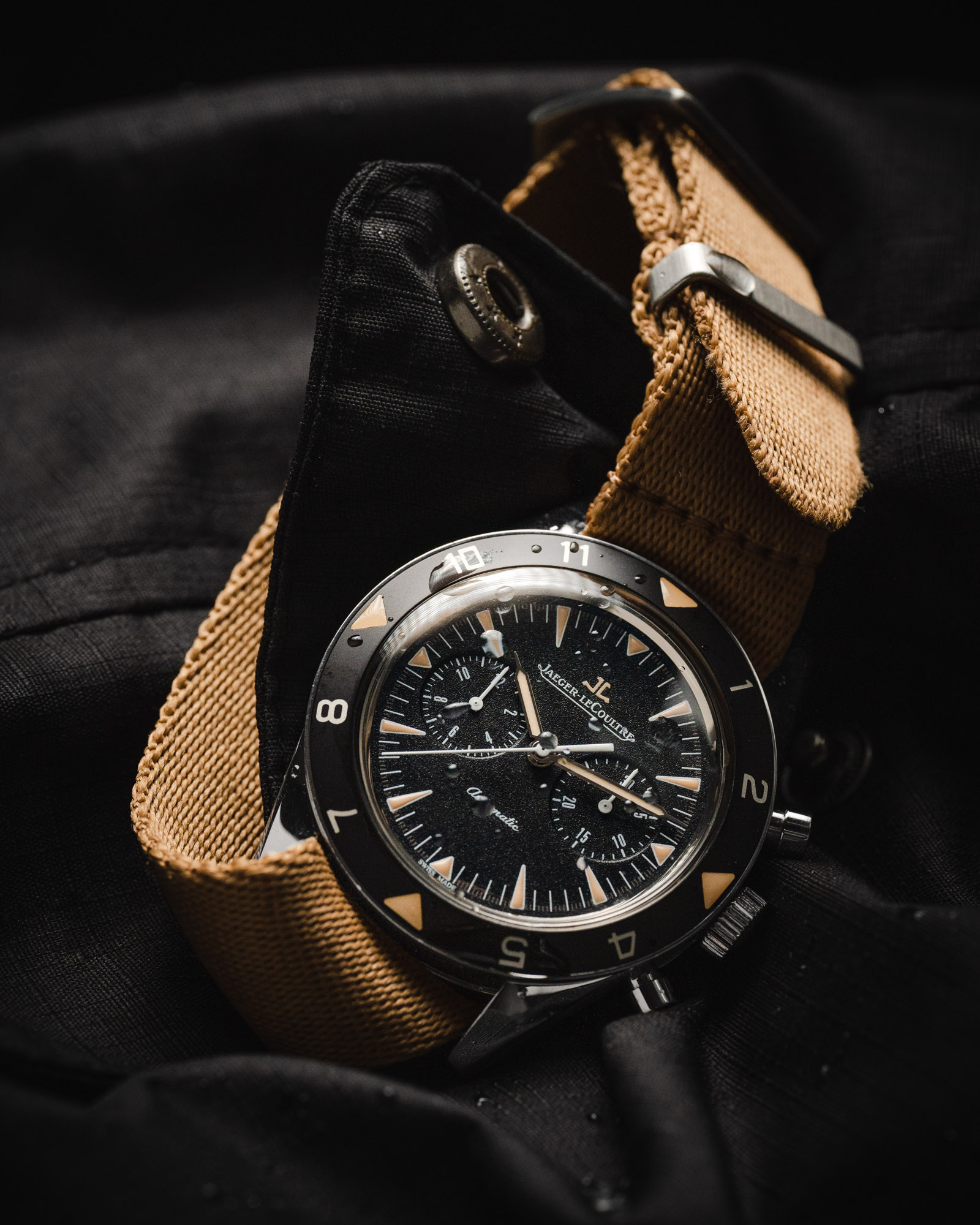
Before we dive into who owns it, what they have done with it, and why I care, let’s talk about NATO straps themselves. The straps were designed as a pass-through-style strap that would ideally keep the watch attached to the wrist even if a spring bar were to fail. The details are highly specific to maintain a cohesive design across multiple manufacturers and result in an easy replacement. The straps allow the wristwatch to be worn over a jacket, wetsuit, or any other additional layers.
As with many military creations, they eventually trickle into the public eye for casual and professional use. The NATO-style strap quickly became widely used, and over the last decade, they have exploded exponentially in popularity. NATO straps are popular in part because they are usually inexpensive, easy to change, and come in a variety of colors. Additionally, they look great on most watches, even watches you would never expect them to be on. Hundreds of companies around the world have popped up selling these straps online, and have done well. I have a few zip-loc bags full of NATO straps, myself. Hello, my name is Jake, and I have a watch strap addiction.
Unfortunately, the success of online strap sales has brought these retailers into the sights of a select individual who happens to own the trademark “NATO” and its application in a wide variety of use cases. Watches, watch straps, and watch bands are included in a lengthy list of items. I am not here to discuss the minutiae of trademark law because, frankly, I am not a lawyer, and I would be wasting your time attempting to do so. However, due to the recent cease and desist of the popular affordable strap website formerly known as “Cheapest Nato Straps,” I thought it was a good time to remind everyone about the risks and to do some research before buying products.
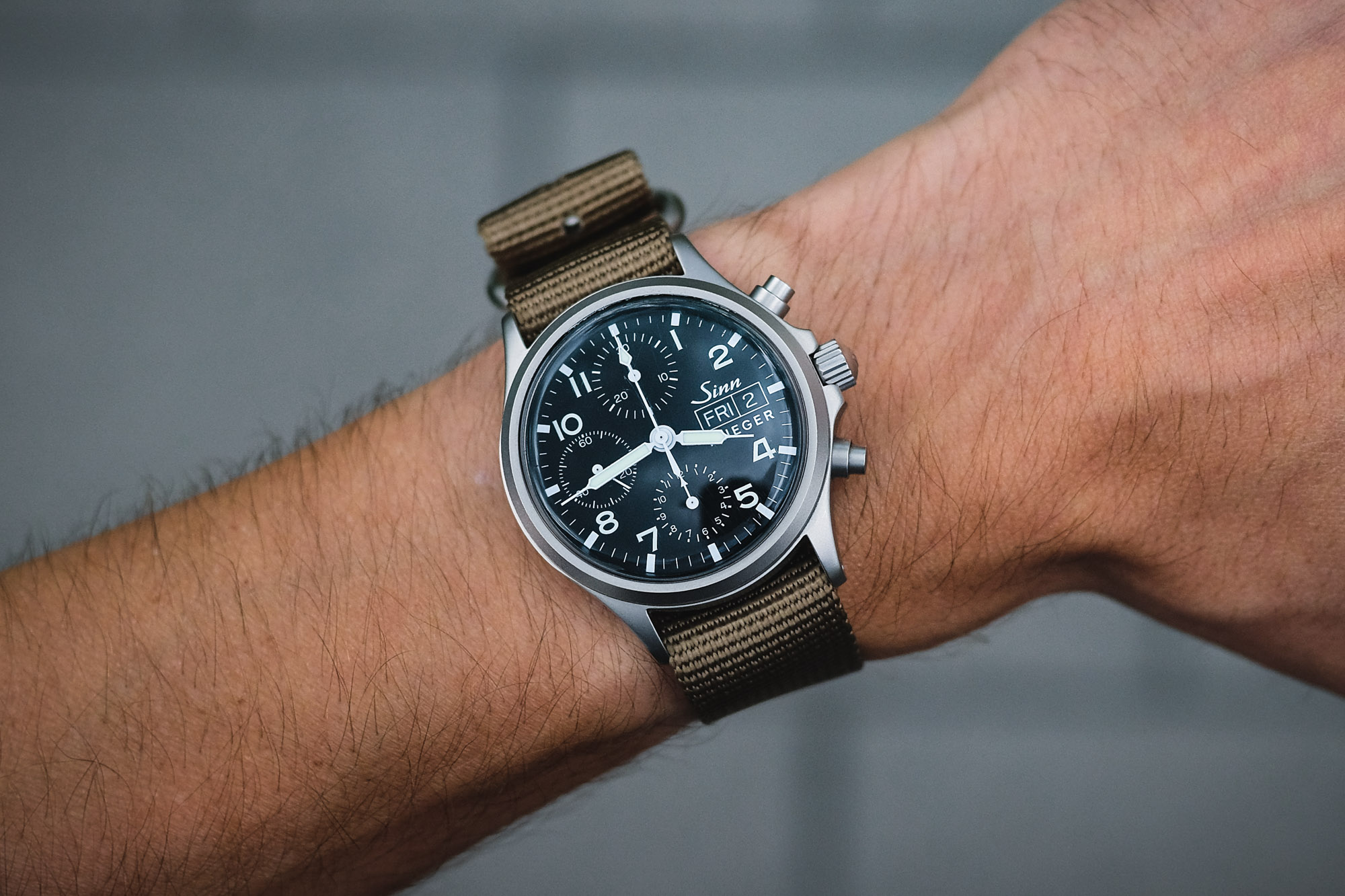
Without doing too much Internet sleuthing, you can see that the trademark holder is based in the United States and has utilized legal loopholes to take down websites and businesses on nearly every continent because the sales platforms are American-based and, therefore, follow American laws. Some retailers have simply decided to pay royalties to the trademark owner, while others are forced to change their business and product names. In some cases, this has even led to some closing up shop – some of you may remember “Toxic Natos.” While the trademark troll wasn’t the only reason Toxic Natos owner Terry Williams shut the business down, he has said online that it was the final straw. This presents a larger problem in the industry. Independent producers and retailers of accessories have very little room to exist and safely conduct business. No matter their physical location on the planet, the misuse of a term can have devastating effects on a business.

In some cases, I can understand why a brand might want to protect its products and intellectual property. As we see a rapid increase in in-house movements, albeit driven by demand, we are also seeing an increase in proprietary mechanisms for strap and bracelet attachment and clasp adjustment. Unfortunately, many of these proprietary mechanisms make a standard spring bar obsolete and severely limit aftermarket options. Delugs Straps, a high-end strap maker that I am personally a fan of, provided some excellent options using aftermarket Cartier adapters. A cease and desist was filed, and the straps — which sometimes looked better than Cartier provided, if I am being honest — will no longer be available. This is a very specific case and has a physical mechanism that has been infringed upon by a third party. In the case of the NATO trademark troll, the trademark of a government organization name that is both relevant today and historically by an individual is plainly ridiculous. If the government entities were preventing the use of the term it would be understandable, but an individual who is using it to squeeze royalties out of businesses and actively disrupt others is just cruel and selfish. Business practices that utilize loopholes to actively harm others are no different than physically harming the individual or their place of work, in my eyes. So, please be aware of who you are buying straps from and who they support, or actively do not support. Plenty of strap providers are avoiding the term in clever ways, and I applaud them. Additionally, if you are starting a business, always do thorough research around each individual term prior to putting pen to paper.
As I stated above, this isn’t a discussion of trademark law, but I would be happy to learn more about it in the comments. I’d like to give a special shout-out to Instagram user “Brennan_mckissick” for tagging us to bring up the discussion once again. What are your thoughts? Should a multinational government organization be able to be trademarked by an individual? Should online sales platforms (ex. Shopify, Squarespace etc.) be required to enforce trademark laws to retailers outside their own countries? Do you even like NATO straps? Let us know below, and I will see you in the comments.
